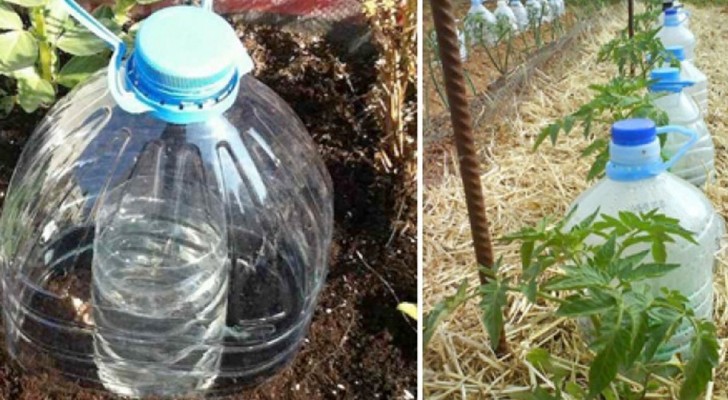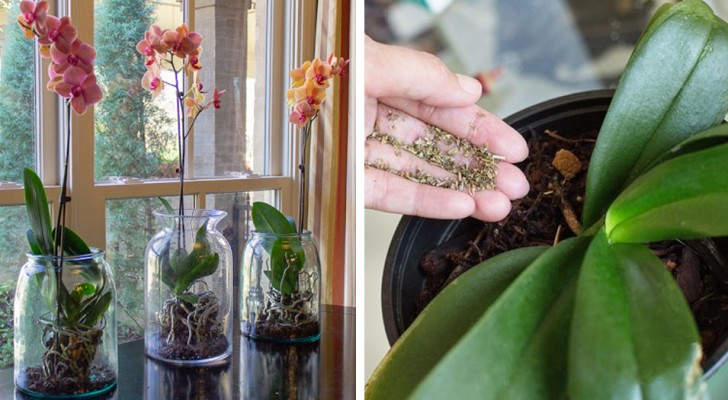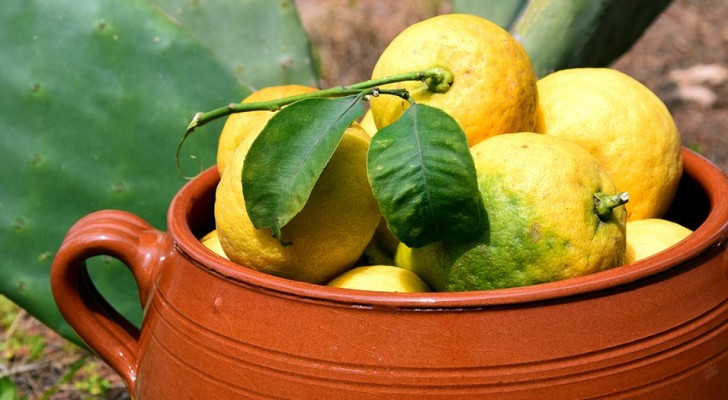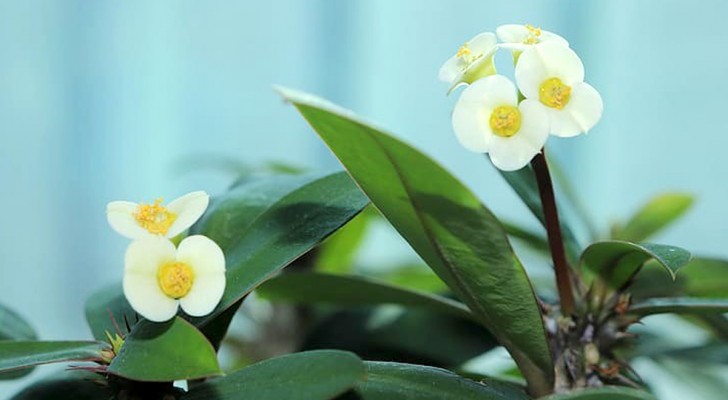13 plants that you can regenerate from food waste
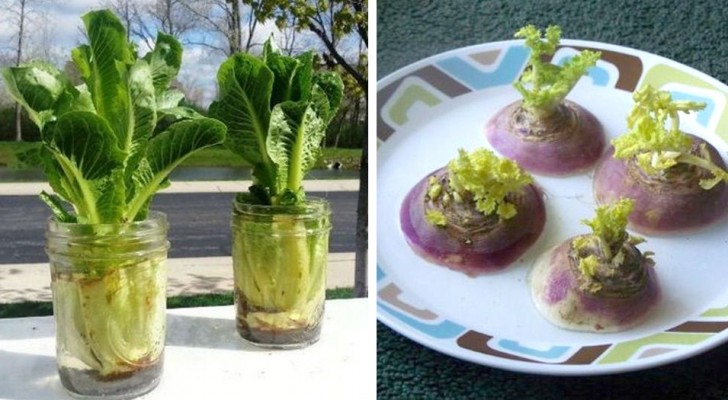
Kitchen scraps are normal, but the fact is that we produce more than we should.
Very often, what we throw in the garbage can is still good and could be used in some way. In fact, some foods (mostly vegetables and greens) can even be regenerated at home, thus producing fresh food at no cost.
Here are the kitchen scraps from which food can be regenerated and how to do it!
1. Basil
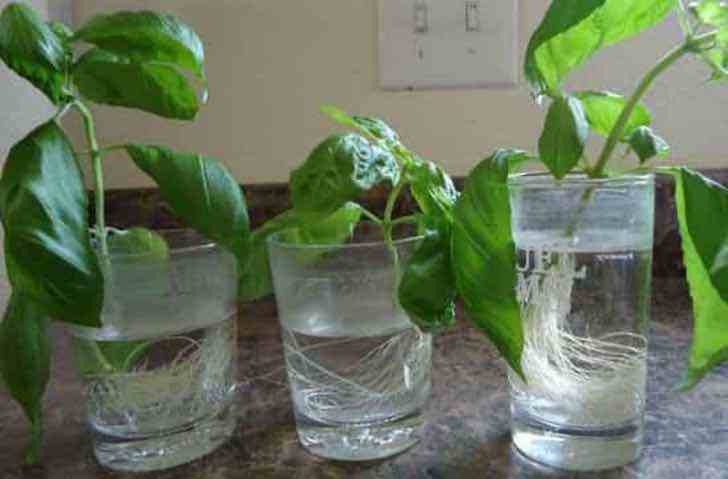
It is an aromatic plant that is very easy to regenerate. Just remove a sprig when the plant is not in bloom, put it in a glass with water and wait for the white roots to grow on the bottom. At that point, you can transfer the basil to a glass jar.
2. American potato
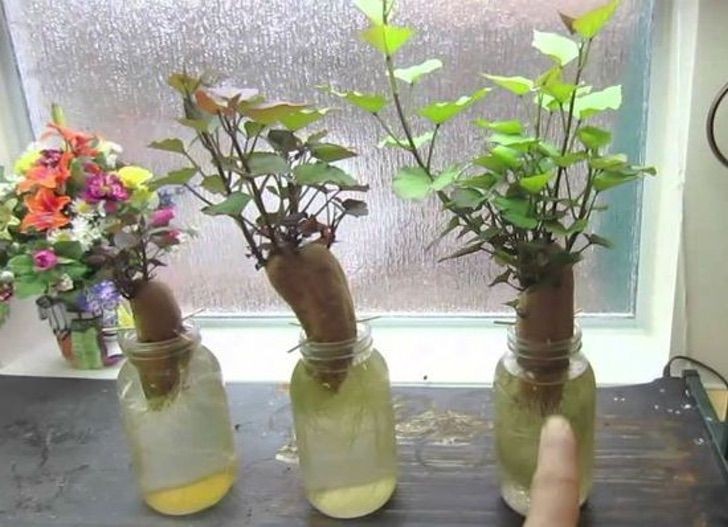
First of all, wash the potatoes well, close them in a bag and leave them 10 days in the dark (to stimulate the production of roots).
Place each potato in a glass jar of the right circumference, so that they remain suspended. Place the jar in an illuminated place, but not exposed to direct sunlight and wait for the potatoes to form the roots at the bottom and the leaves at the top.
3. Onions
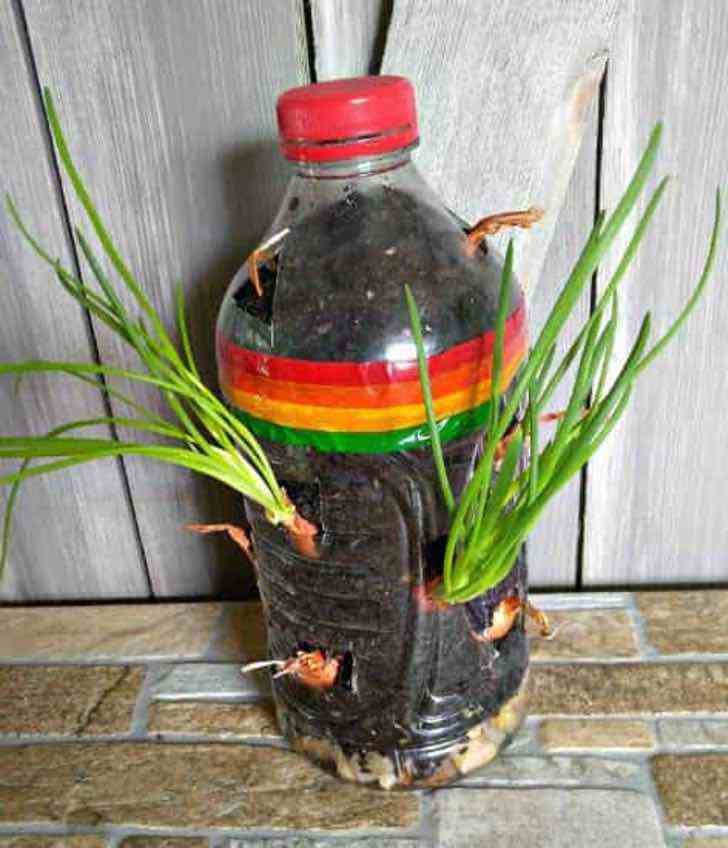
Onions are very simple to grow at home. You can grow new seedlings from kitchen scraps, especially from the bottom of the onions.
To make them grow you can decide to also build a "vase" suitable for the situation. You can make this from a plastic water container, on which holes are made in correspondence with the onion bottoms placed in the soil.
Keep the earth constantly humid and in a short time, you will see the sprouts of the new onion seedlings appear! At this point, you can gently separate the different seedlings and place each of them in a real vase.
4. Ginger
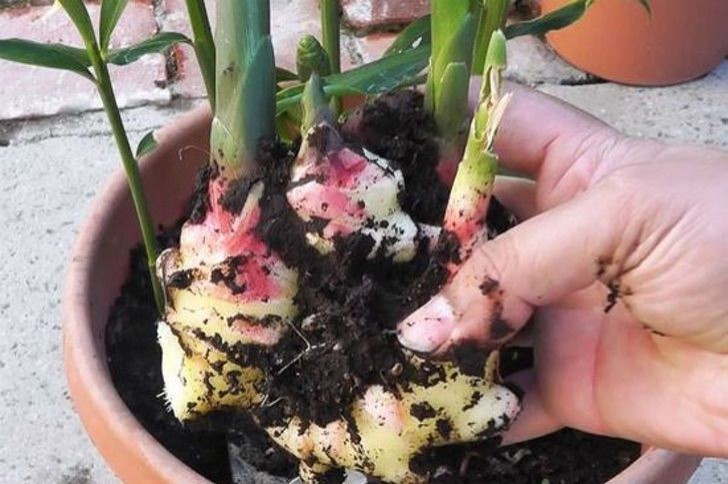
You can produce a supply of ginger from the roots that you bought (make sure they have not undergone anti-germination treatments). To make ginger sprout, you will need to place it horizontally in a planter with some soil and cover it slightly. Water the ginger regularly and in a short time, you will see the root grow larger and sprout.
5. Potatoes

To grow potatoes at home, first leave them in a cool and luminous place for 4-5 days, until they have germinated. Then cut them in half and place them in a deep vase with a lot of soil, with the potato eyes pointing upwards. Always keep the soil moist and after a while, you will see new plants appear, then you will see the leaves change color. At that point, your potatoes will be ready to be harvested.
6. Rosemary
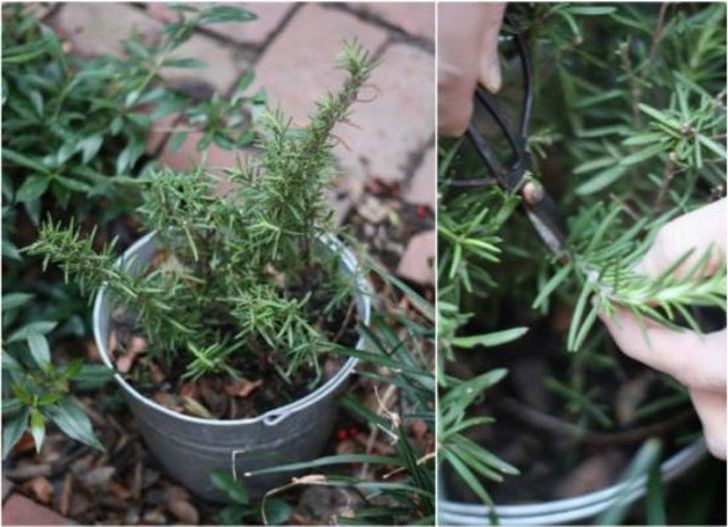
Remove some twigs from a mature plant and after removing the lower leaves place the twig in a glass with water. Change the water often and wait for the white roots to form. At that point, you can fill place the rosemary in a planter with soil and enjoy the new seedling!
7. Turnips
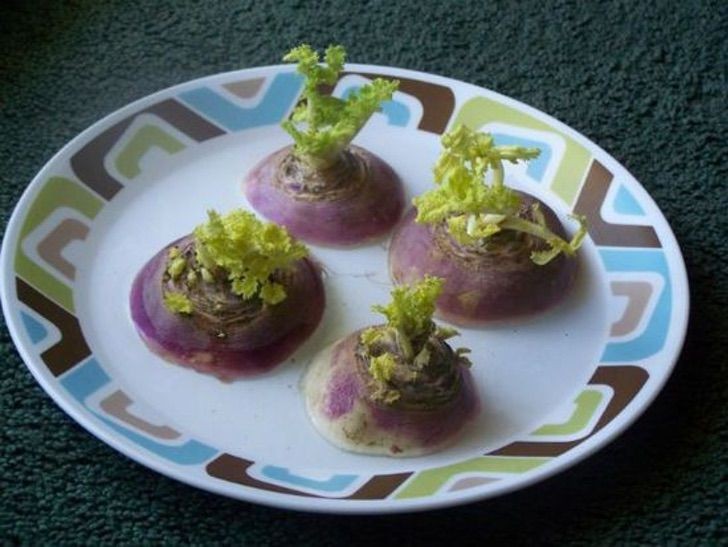
Homesteading.com
Keep the end of the turnips and place them in a dish with a layer of water. Wait 4-5 days, then you can transfer them to a planter pot or plant them in the ground.
8. Tomatoes
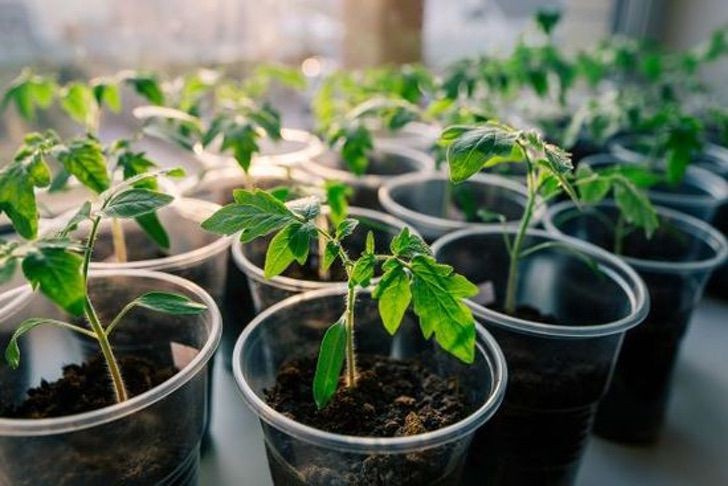
From fresh tomatoes, you can obtain seeds that are suitable for the growth of new seedlings. First of all, you will have to dry the tomato pulp that you will inevitably remove along with the seeds, possibly in the sun. Then you can sprout the seeds. You can use a plastic cup filled with soil, plant the seed, cover it lightly and keep the soil moist until you see a sprout appear.
9. Cabbage

Cut the bottom of a cabbage and put it in a deep dish with water. Wait 2-3 days, then you should see the vegetable grow back from the center. At this point you can transfer the cabbage into a planter pot or in the ground, making sure to keep it constantly moist.
10. Fresh onion
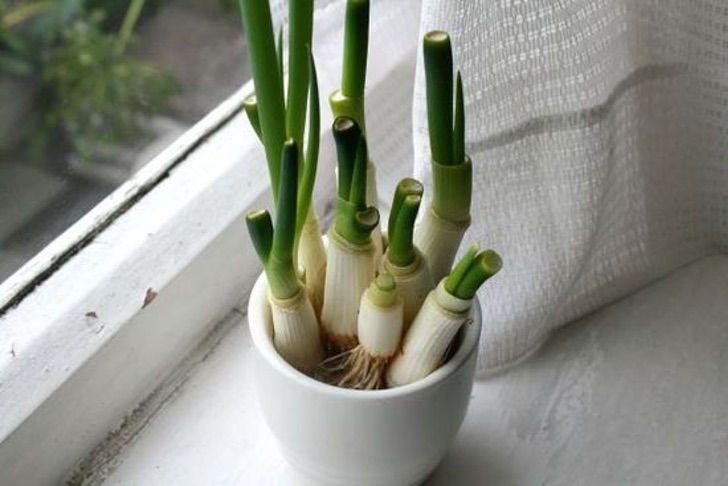
When you use fresh onion in the kitchen, keep the end with the roots. Put it in a container with water for a few days and you will see the central green part start growing. At that point transfer the onion to the ground and continue to water it. Wait for the time necessary for the plant to grow, then you can use it in the kitchen.
11. Carrots

Keep the top part of the carrots, put them in a dish with a layer of water. Wait a few days, replace the water, and you will see the green part of the end of the carrot start to grow again. At that point, transfer the carrots to a pot with some soil.
12. Lettuce
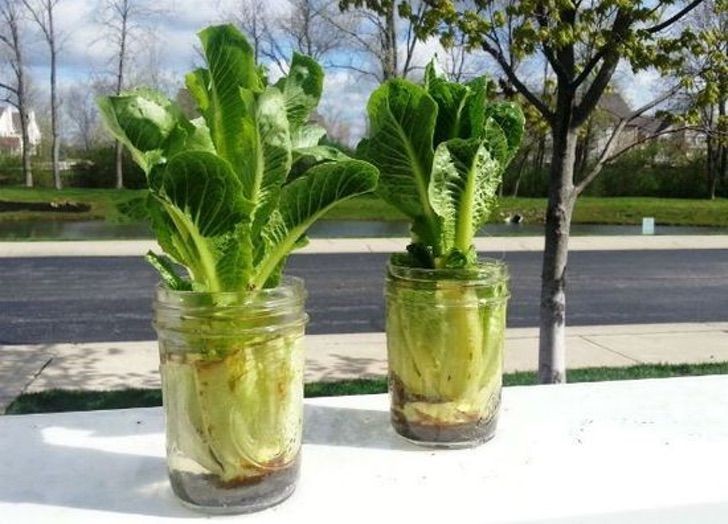
Keep the part from which you have removed the leaves of the lettuce, place it in a deep dish with water. Within a few days, you will see the central part start to grow new leaves.
13. Celery
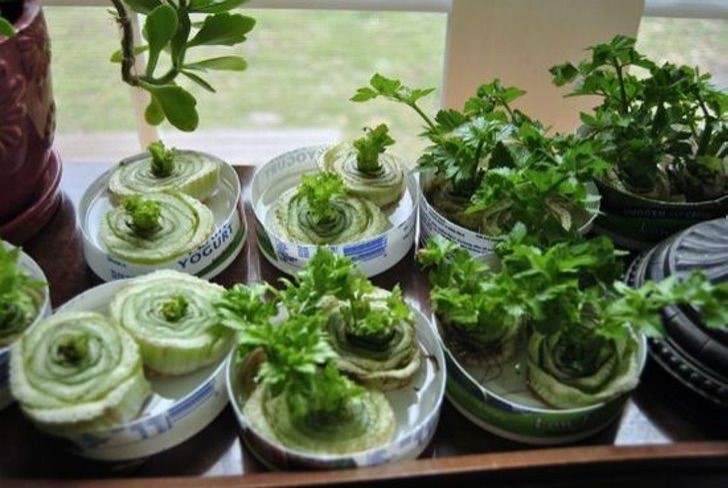
Like lettuce, to make celery re-grow, you will also have to conserve the bottom. Put it in a shallow container with water and wait for it to regenerate from the center.
